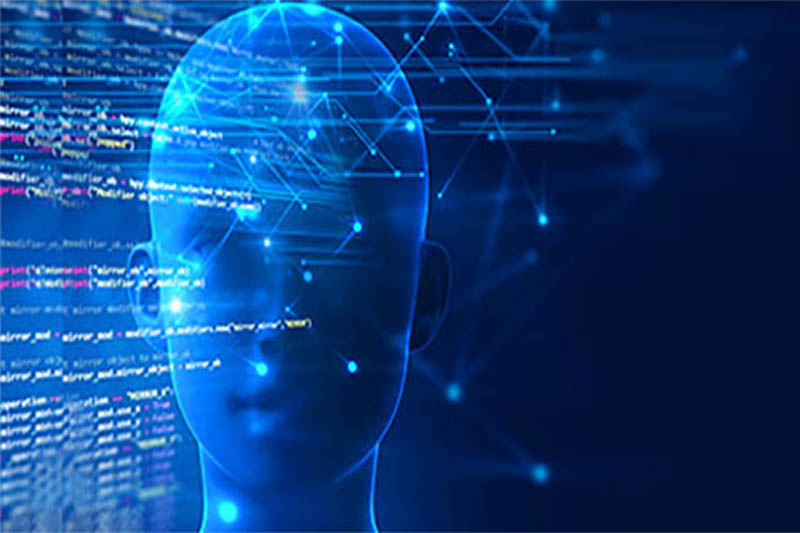
Artificial intelligence (AI) and machine learning are playing a key role in helping governments better understand and address the COVID-19 crisis.
So far, it has been key in helping understand the virus and accelerating medical research on drugs and treatments.
It has also been used to detect and diagnose the virus as well as predicting its evolution.
Through surveillance and contact tracing it has assisted in preventing or slowing the spread of the virus. Governments have been able to respond to the health crisis through personalised information and learning with the help of AI. And going forward it will prove to be a key tool in monitoring the recovery and improving early warning tools.
Using AI to relieve administrative pressures
Government administrations and healthcare organisations have been able to relieve some of the manual administrative pressures due to the pandemic through AI-based chatbots, such as pre-screening patients for COVID-19 symptoms or providing citizen advice on healthcare issues or lockdown policies on government agency websites.
Virtual assistants and chatbots have been used in the healthcare sector to help triage people depending on the presence of symptoms, identifying, finding and contacting vulnerable, high-risk, individuals and AI may eventually help in accelerating training and education of healthcare personnel.
AI has also been used for the detection and removal of false information related to the virus posted on social media platforms.
AI to detect, diagnose and help prevent the spread of COVID-19
AI can also be employed to help detect, diagnose and prevent the spread of the virus. Algorithms that identify patterns and anomalies are already working to detect and predict the spread of COVID-19, while image recognition systems are speeding up medical diagnosis.
It can more rapidly develop antibodies and vaccines for the Covid-19 virus, has the capability of scanning through existing drugs to see if any could be repurposed and design a drug to fight both the current and future coronavirus outbreaks
Machine learning is also helping researchers and practitioners analyse large volumes of data to forecast the spread of COVID-19, in order to act as an early warning system for future pandemics and to identify vulnerable populations.
Governments will need to balance AI use and privacy protection
AI has become a key weapon in tracking and tracing cases during this pandemic. Deploying those technologies has sometimes meant balancing the need to stop the spread COVID-19 and ensuring individual privacy is protected.
It is important to keep in mind that AI is not the only solution to solving the crisis but is an effective if not key tool in helping solve challenges that have arose from the pandemic. Human input is required to make AI capabilities successful. AI systems based on machine learning work by identifying patterns in data, and require large amounts of data to find these patterns. The outputs are only as good as the data input.
Government use of AI in the future
Going forward Governments should ensure AI systems are used responsibly and respect privacy especially for measures of population control and monitoring, as some AI systems raise questions about their purpose and the potential that personal data could be re-used in ways that infringe privacy and other rights.
Governments should work towards multi-stakeholder co-operation and data exchange internationally by the AI community, medical community, developers and policy makers to work out the problems, identify relevant data and open datasets, share tools and train models to help with future decisions and solutions.
This is an opportunity for governments to learn from this wave of the pandemic to prepare for a possible second wave. To build on and develop AI technologies that can learn from the current COVID-19 situation.


















